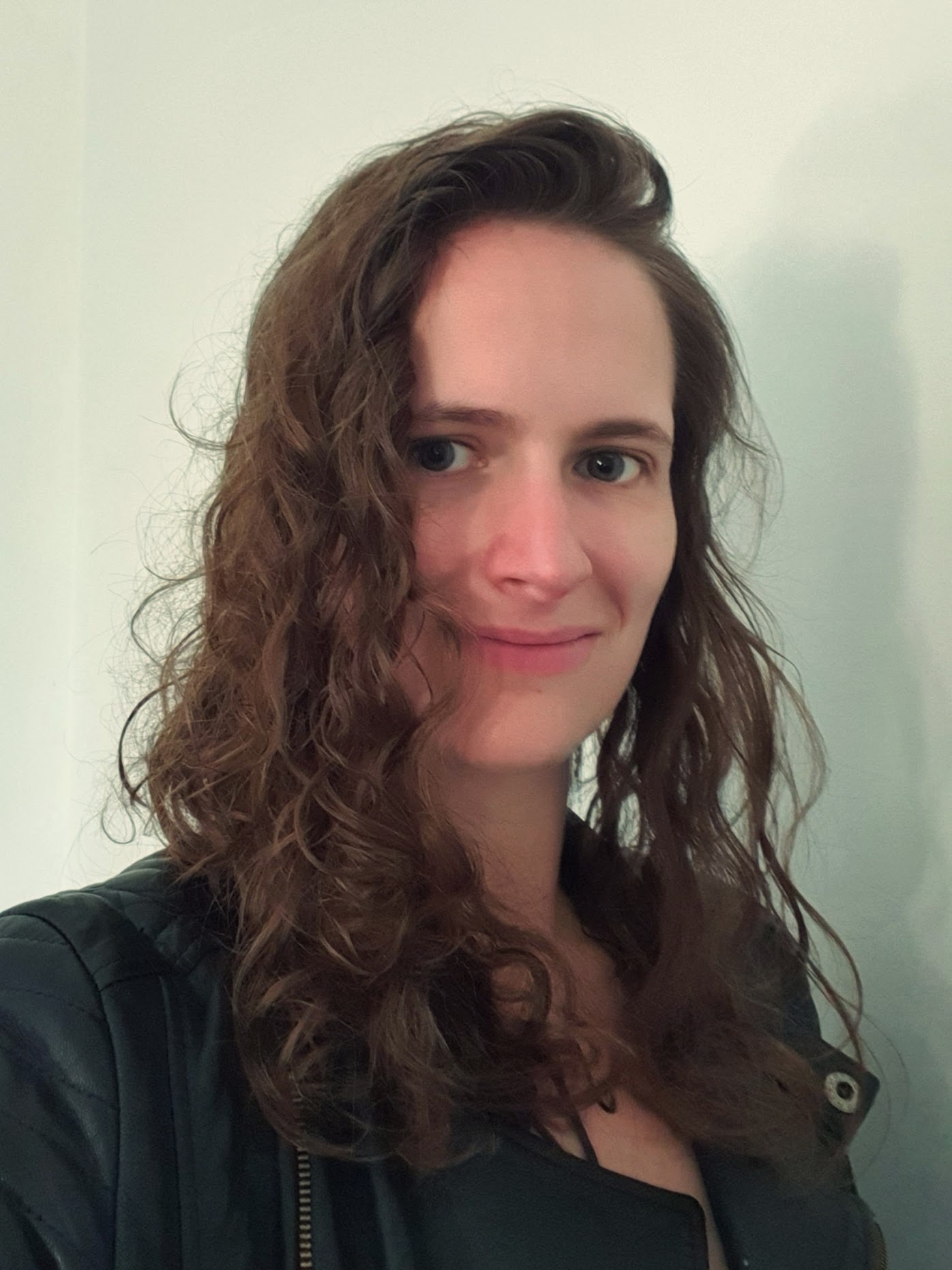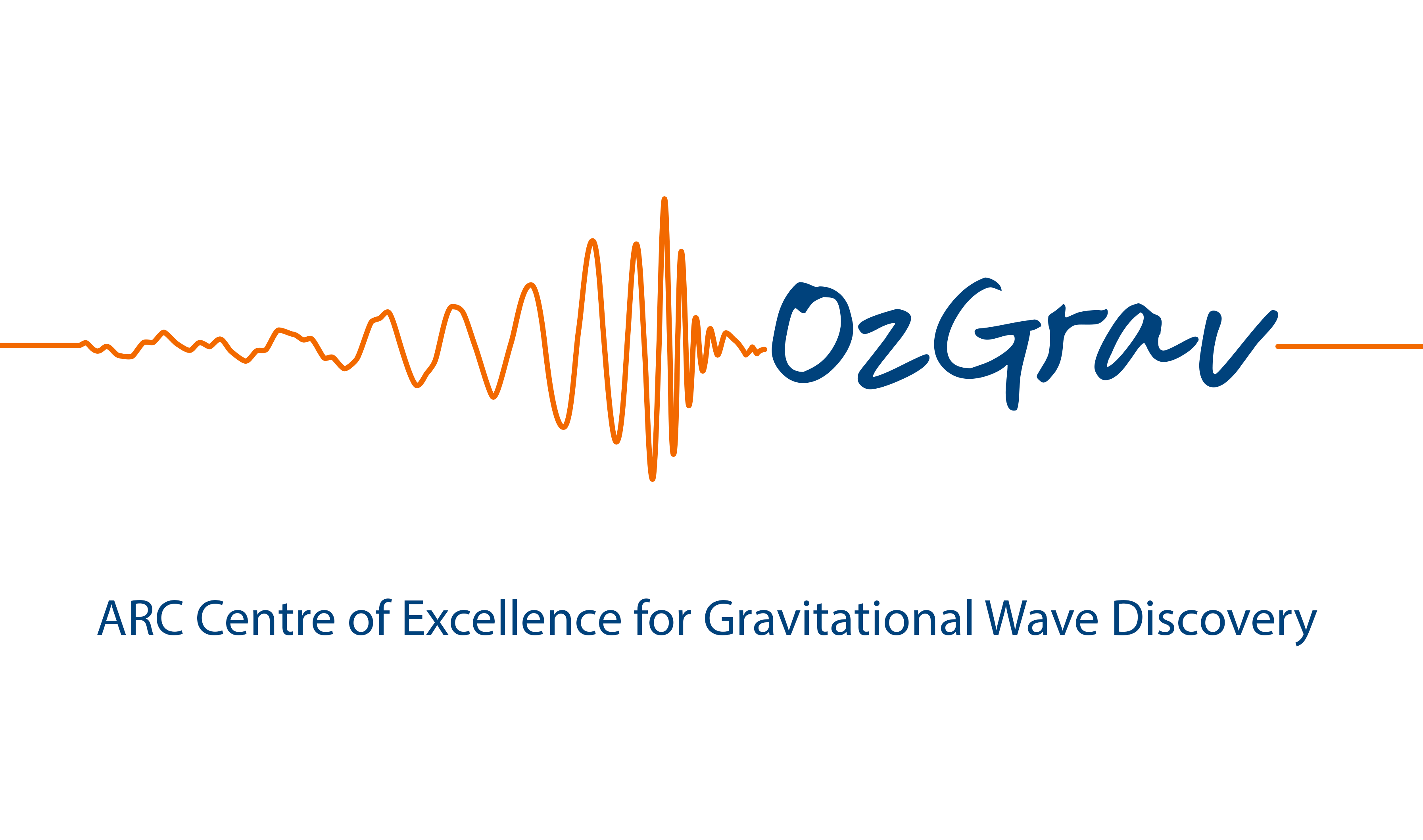L. C. Strang

L. C. Strang is an astrophysicist with a focus on gravitational-wave astronomy and signal processing, supernova remnants, and other neutron-star physics. They are currently a PhD candidate at the University of Melbourne and a member of the LVK. Outside of work, they enjoy krav maga and a variety of creative pursuits.
A full CV can be found here.
Research
My PhD has been dedicated to neutron stars, particularly in young supernova remnants. My research has had two key components: gravitational-wave astronomy and model-building for GRBs.
Gravitational waves
Gravitational waves from compact binary coalesences were detected by the Laser Interferometric Gravitational-wave Observatory (LIGO) in 2015. These collisions are now regularly detected, but there are other gravitational-wave signals that have yet to be detected. Continuous gravitational waves (CWs) are one such undetected signal.
General relativity tells us that any time-varying mass quadrupole should emit gravitational waves. Triaxial, rotating neutron stars are the most dense long-lived objects that meet this criteria. They are expected to emit continuous, quasi-monochromatic gravitational waves at twice the rotational frequency of the star. For many neutron stars, this frequency falls in the frequency range LIGO is sensitive to. Better yet, optimistic estimates predict a gravitational-wave strain only a few orders of magnitude less than signals LIGO can already detect. Detection of CWs seems imminent.
During the third observing run of LIGO and VIRGO, I was part of a search for CWs from young supernova remnants. In addition to managing the analysis and paper-writing team, I designed and ran one of the three complementary pipelines used in the analysis.
For a more complete overview of this project, check out the LIGO science summary or the paper.
Supernova remnants and short Gamma-Ray Bursts
Colliding neutron stars trigger short Gamma-ray bursts (sGRBs): extremely bright bursts of Gamma-rays lasting only a couple of seconds. A subset of sGRBs have an ‘afterglow’ at longer wavelengths. My work has focused on X-ray plateaux, i.e. X-ray afterglows with an approximately constant luminosity for 10 – 10\(^5\) s. One possible model for X-ray plateaux relies on a millisecond magnetar surviving the collision. In this scenario, the rotational energy of the magnetar gets converted into the observed X-rays. Leveraging old models for young supernova remnants, my supervisor and I delved into the underlying physics driving this model. In Strang & Melatos (2019), we define and solve the partial differential equation governing the model. In Strang et al (2021), we team up with colleages at Monash University to use this model to infer the underlying properties of the magnetar driving the plateau.
Future
I’m currently job hunting! If you’ve got an opening for a PhD graduate, please point me to your application page. An online version of my CV can be found here. Please contact me for the latest version as a PDF.
Contact
I’m always open to opportunities to connect and collaborate. You can contact me at lstrang91@gmail.com or via the social media tabs in the sidebar.
Collaborations
I would like to thank the following collaborations and organizations for their support.


